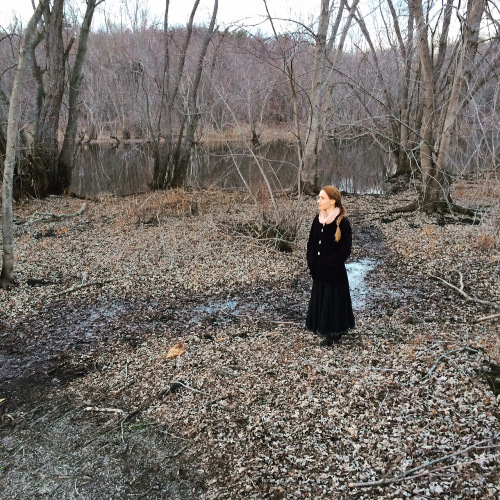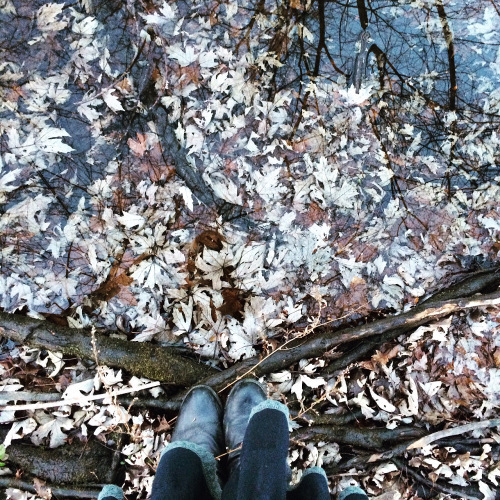Stasis and Stability
It feels strange to be where I am now: for the first time in, well, ever, my life feels stable. Oh, I know that could change tomorrow. I’ve gone through so much instability in my life that stability actually worries me . . . I start wondering if I’ve fallen into a period of stasis.
My childhood was marked by constant moving. Before I started third grade, I had lived in four countries and spoken three languages. After that, it was one country and one language, but the longest I ever went to a single school was three years. We just kept moving . . . Then college, then law school, then working as a lawyer for three years, then graduate school . . . I was always either moving or working towards — something else. I was never someplace I could stay. There was never a sense of home.
Now I’m in a place where I could stay, theoretically, for the next twenty years, and honestly it’s a little scary. I have a stable academic position, I teach writing in two places I love — to both undergraduates and graduate students. And I’m writing. I have a novel contract — for two novels, in fact! I have deadlines. Honestly, I’m doing more work than I’ve ever done before in my life, but it’s the work I wanted to do. And I could just keep doing it. This is what I was working towards, all those other years, the unstable ones.
So what now? Because the truth is that I don’t want to fall into stasis, to simply keep doing what I’m doing. What I want is to use this stability as a platform. First and foremost, to keep writing. I have so many ideas, so many things I want to write about. So many projects I haven’t even started tackling yet. And as I said, I have two books coming out: one in 2017 that I’m going to be editing in the next few months and one in 2018 that I still have to mostly write . . .
So I think there are several lessons for me here:
1. Most importantly, stability could change. I know this, know it deeply in my bones. I have cancer in my family, so I know perfectly well that one medical diagnosis can change everything. And I know that anyway, time’s passing. I have a limited amount of time on this earth — none of us knows how limited our time is. So I need to do what I want to get done, not with a sense of panic, but with a sense of purpose.
2. Second, stability is not stasis if you use it wisely. Stability can be where, rather than being blown about by events, you sit down, ask yourself what you want to accomplish, and then accomplish it. And that’s what I need to do . . . the accomplishing part, since I already have a list of the things I want to accomplish. It’s on my cork board, above my desk. It’s not a long list, but it includes items like my goals as a writer.
3. Third and finally, be grateful. I’ve had so little stability in my life that when it came, it felt almost frightening. I had to keep reminding myself that this was a good thing. That this was a place where I could, for the first time, be truly productive.
Once, I read an article about the Hungarian writer Imre Kertész, who won the Nobel Prize. For years, he had worked as a translator, living in a small apartment in Budapest with his wife. He talked about having chosen that life deliberately so nothing would distract him from his writing. He had chosen a life of as much stability as he could, a life that did not require him to earn a great deal of money, a life that would support him just enough so he could write. So he could bring the images in his head into being. I’ve thought about that article ever since. It’s so easy for me to get distracted — this is a very distracting world we live in. But right now, right here, I have all the things I need. A lovely, warm home. Work that supports me — a lot of work, but not so much that it takes absolutely all my time (although some weeks it feels as though it does). Time to write, if I organize my time well enough, and if I have the calm, centered focus I need to do it. That focus is learned, not something that just happens — it’s something I need to create.
So here’s the plan: I’m going to teach, because that’s my job. And I’m going to write, because that’s what I’ve wanted to do just about all my life. In the past, I fit writing in around the instability, and still got a lot done. But it’s only recently that I’ve been able to write anything long, like a novel. Before, writing was always competing with things like, you know, graduate school. And surviving . . . Now I’m not just surviving. I have food in the refrigerator, heating in my apartment, and money in my savings account. (That last one — honestly, I wasn’t sure I’d ever get there!) So it’s time for me to produce.
To be perfectly honest, I feel deep in my bones that where I am now is not where I’ll always be. But the next step, whatever it’s going to be, is something I have to create for myself. So that’s what I’m going to do.
The photographs below are from Christmas Day, when I went to a bird sanctuary and wildlife refuge in Concord, Massachusetts. It was so peaceful there. And I thought about all these issues, about how stability was a good thing. It wasn’t necessarily stasis, or stagnation. Although really if you think about it, what is stagnation? A stagnant pool is absolutely filled with life, at the microscopic level. The fact that we can’t see it doesn’t mean it’s not there. The fact that we can’t see how what we are doing now is creating our future doesn’t mean it’s not being build, deep underneath, underground in our selves and souls. What we build there during times of stasis often creates the changes in our lives.
It’s as though we are winter forests. We may see dead leaves, bare branches. But the life is all underground, just waiting.







